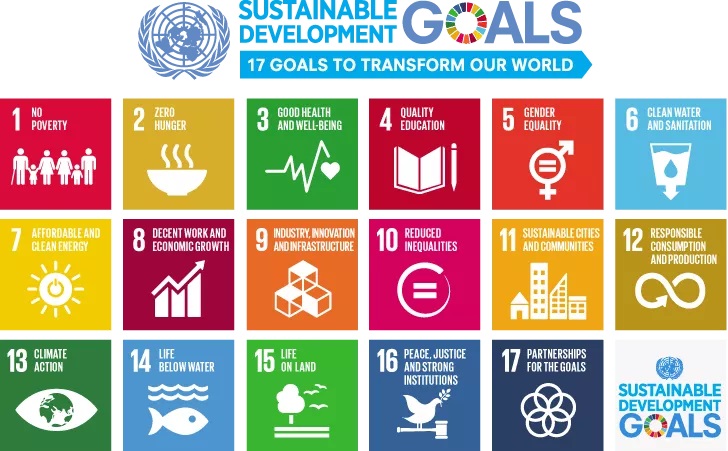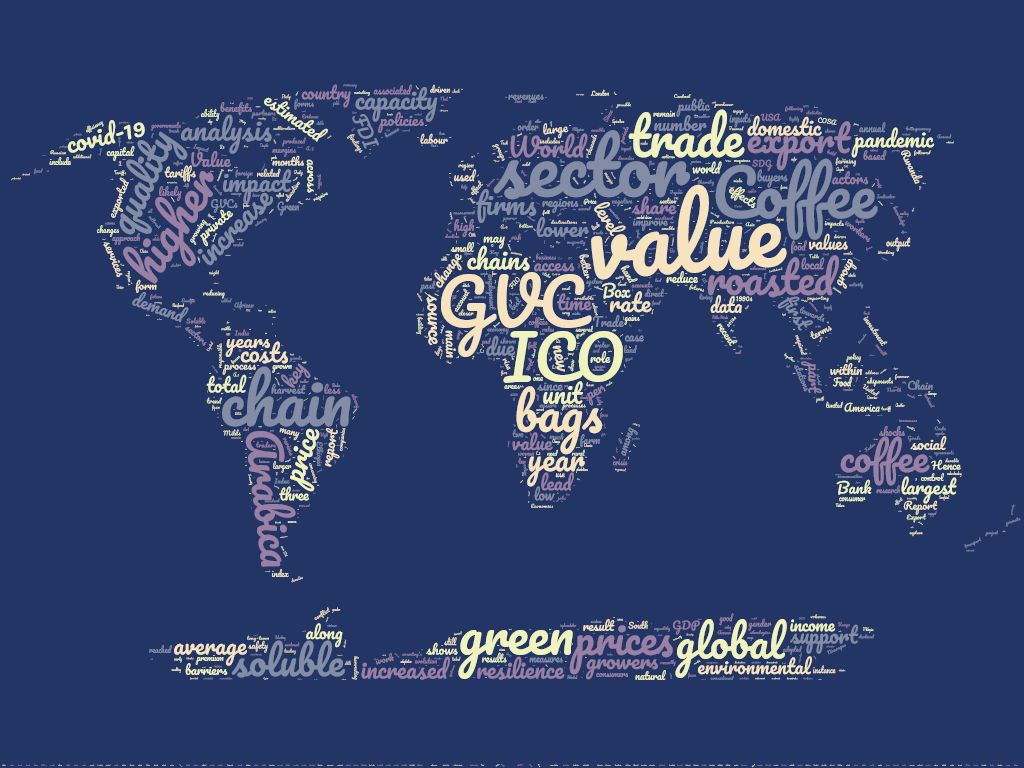In 2019 the International Coffee Organisation launched their first Coffee Development Report. This focused on supporting economic viability in the coffee industry. I found this an incredibly valuable report, not only in terms of demonstrating the breadth of issues affecting the sustainability of the coffee sector, but also in terms of seeing where there was a need to find out more. It has been an incredibly useful document in terms of my own research projects, but also as a tool for teaching different aspects of the coffee industry. The ICO has now published their second coffee report, the Value of Coffee: Sustainability, Inclusiveness, and Resilience of the Coffee Global Value Chain. There was also a virtual event to launch the report which led to some great discussions; you can view the video of the event here.
This report complements three shorter publications produced by the ICO over the last year which focus more specifically on the impact of covid-19 on the global coffee sector: coffee break 1 focuses on the demand side; coffee break 2 focuses on covid-19 and market fundamentals; and coffee break 3 reveals findings from a survey of ICO exporting members. While covid-19 has inevitably dominated the concerns of industry stakeholders for the last year, the report focuses on broader issues facing the industry, acknowledging the ongoing impact of the pandemic.
“The coffee sector has also been hit by the coronavirus. The future of coffee and its resilience and adaptation to changes are threatened. The coffee value chain is facing an unprecedented situation, since coffee production, trade, retail and consumption have all been negatively impacted by the pandemic.” P.8
It considers the different dynamics and governance of the coffee global value chain to consider the value of coffee, for all those involved, and how to foster sustainable pathways for the future. The report is formed of four key sections, Section A which considers the rise of the coffee Global Value Chain, Section B which examines the concept of resilience for the coffee global value chain, Section C which explores the economic, social and environmental impacts of the coffee Global Value Chain in producing countries and part D which outlines policy implications and recommendations to work towards a more sustainable, inclusive and resilient Global Value Chain.
As a geographer who has been following the developments of the global value chain framework since it’s earlier days in the 2000s, and observing how over time it has been applied to the coffee industry it was interesting to see this framework at the forefront of the discussion. The report provides an outline of what the coffee Global Value Chain looks like (see page 11), and recognises that crucially this needs to move beyond the dichotomy of exporting/producing countries and importing/consuming countries to recognise the complex nature of the international trade involve in the coffee industry. This prompted me to think how this compares to the Specialty Coffee Association’s (SCA) coffee value chain systems map which I think tries to capture the complexity a little more by not showing the value chain in a linear format. Nevertheless, the diagram presented in the report is a helpful reminder of the different stages in the value chain and provides a basis for discussion about strategies for upgrading within the coffee global value chain: upgrading of green coffee; functional upgrading and upgrading at the farm level. These are explored in detail in the report.
There are lots of findings and recommendations in the report that I could write about, but I think one of the most important is how it demonstrates that working towards a more sustainable and inclusive has the potential to contribute to a range of the Sustainable Development Goals.

As well as this, it highlights the importance of co-operating in addressing the challenges facing the industry, and some of the activities that are already working towards this.
“The coffee price crisis and the covid-19 pandemic have highlighted the importance of international cooperation between the public and private sectors to address the immediate challenges faced by coffee stakeholders and to build a sector that is inclusive, resilient, and sustainable”.p.21
There are so many challenges facing the coffee industry, from the coffee price crisis, to issue of labour shortages, and there is potential for future shocks like the covid-19 pandemic to have further impacts that the industry needs to be prepared for – from immediate issues such as political instability or pandemics, to the longer term issues around climate change. A more resilient industry needs to be fostered, and the report indicates in a number of areas where more research is needed to work towards this, and the different platforms being created to support dialogue, such as the Coffee Public-Private Task force.

The report refers to a range of existing research, reports and activities which provide a good foundation for understanding the issues facing the industry, with some I hadn’t seen before. There are examples from different countries about activities taking place, and how different issues have been investigated. For example, when discussing how different countries are supporting the development of their coffee industry it refers to the course programme for the Coffee Technology Centre at Dedan Kimathi University of Technology in Kenya which offers a certificate in coffee technology and quality management, a pathway for encouraging young people to remain (and become) involved in the coffee industry. Another interesting data portal I ended up looking via the report was the Food Security Portal where you can track the volatility of commodity prices for various products from coffee to soy beans, and view tools such as the Excessive Food Price Variability Early Warning System. I was pleased to see some discussion of the potential for the circular economy to be important for practices in the industry to work towards a more sustainable future, which is an area of research I hope to continue contributing to. These were just a couple of examples, and there are many from across different countries, regions and stages of the coffee value chain that make this report really interesting, but will also once again be a useful teaching tool.
It’s clear in this report that the challenges facing there are many challenges facing the industry, and that the industry in complex, but there is the potential to foster a more sustainable, inclusive, and resilient value chain.


